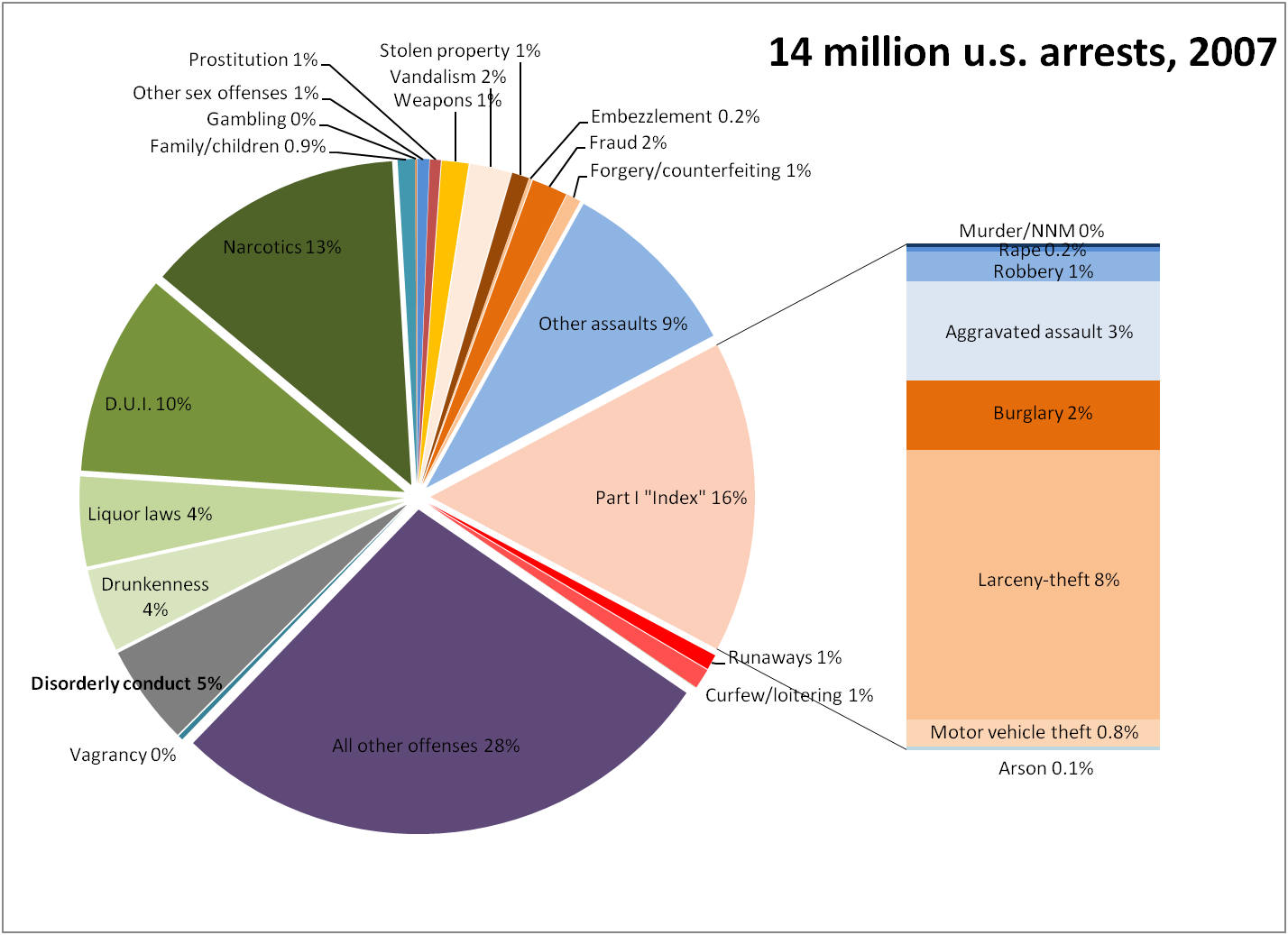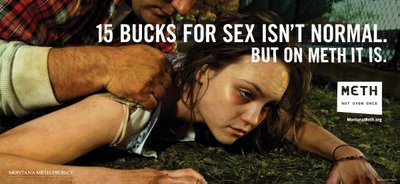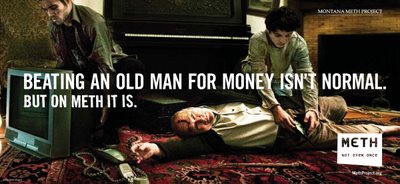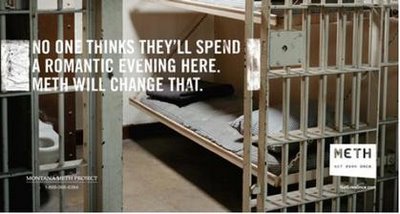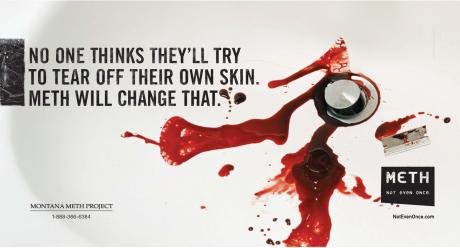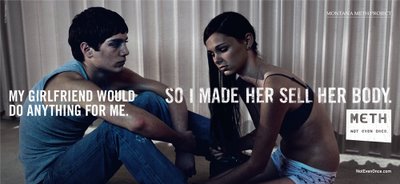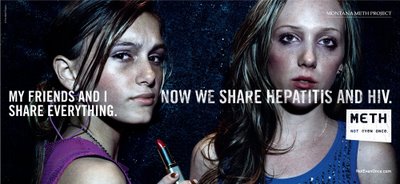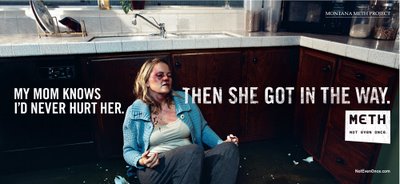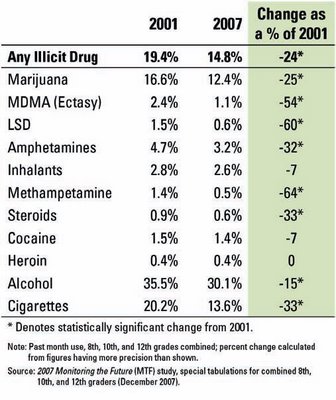The controversial Minuteman Project encourages citizens to volunteer their time guarding the U.S./Mexico border against illegal immigration. Well, if you are disinclined to wander the border desert, you can now be a virtual Minuteman. Sandra H. N. sent us a link to BlueServo where you can click on a series of webcams. Each webcam is pointed at a spot where there may be illegal border crossings. Here’s a screenshot of the webcams you can select from:

Here’s a video about the project:
[youtube]https://www.youtube.com/watch?v=QCxXlPrxV7c[/youtube]
Here’s a description of a virtual border guard from an NPR story:
[He] pops a Red Bull, turns on some Black Sabbath or Steppenwolf, logs in to www.blueservo.net — and starts protecting his country. “This gives me a little edge feeling,” Fahrenkamp says, “like I’m doing something for law enforcement as well as for our own country.”
This is a fascinating convergence of patriotism, masculinity, class, and (likely) race. Minutemen protect (white) America by putting their bodies on the border, but now men can do so without the trappings of masculinity that Minutemen can lay claim to. Instead, if they have a computer with a (quick) internet connection, they can defend America from behind a computer screen and, perhaps, lay claim to at least some of the masculine capital that Minutemen on the border earn by putting their bodies on the line.
From another angle: I wish Foucault were alive today. Any Foucauldians out there who want to comment on this virtual panopticon?
Lisa Wade, PhD is an Associate Professor at Tulane University. She is the author of American Hookup, a book about college sexual culture; a textbook about gender; and a forthcoming introductory text: Terrible Magnificent Sociology. You can follow her on Twitter and Instagram.

